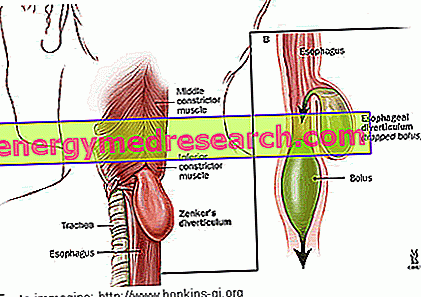
Located between the distal portion of the femur (superiorly) and the proximal portion of the tibia (inferiorly), the knee is one of the main joints of the human body .
In fact, together with the hip, it allows the movement of the legs and absorbs most of the weight exercised by the trunk.
When the health of one or both knees is severely impaired (due, for example, to osteoarthritis or rheumatoid arthritis ), the conditions exist for implanting a prosthesis .
Modern knee prostheses are in all respects replicas, in metal (chrome-cobalt alloys, etc.) and polyethylene (a kind of plastic), of the original joints.With all the care and attention to the case (for example, maintaining the right body weight or not practicing dangerous sports for the knees), a knee prosthesis can last from 10 to even 20 years .
When it no longer guarantees the expected support - either because the plant is old or because a serious complication has occurred - it is necessary to resort to the so-called revision intervention .
During the revision, the operating surgeon removes the old prosthesis, cleans the knee (which in the meantime may have changed from before), performs bone transplants (if necessary) and applies the second prosthesis .
In general, removal and cleaning are carried out on a different occasion than the bone transplant and the application of the second prosthesis. Separating the operation in two serves to guarantee better results.
DIFFERENCES IN PROSTHESIS
The knee prostheses intended for revision are usually slightly different from those used in the first operations. In fact, very often the plates for the femur and tibia have longer inserts, which serve to better fix them to the bone portions no longer morphologically arranged as before.Sometimes, metal wires, screws, etc. are also used.
COMPLICATIONS
The complications of the revision surgery are the same as those that may occur during and after implantation of the first prosthesis, with the only difference being that they are much more frequent.Possible risks include:
- Deep vein thrombosis
- Infections
- Early deterioration or dislocation of the prosthesis
- Damage to ligaments, tendons and joint blood vessels
- Length differences between the operated and unoperated leg
- Bone fractures
- Joint stiffness



